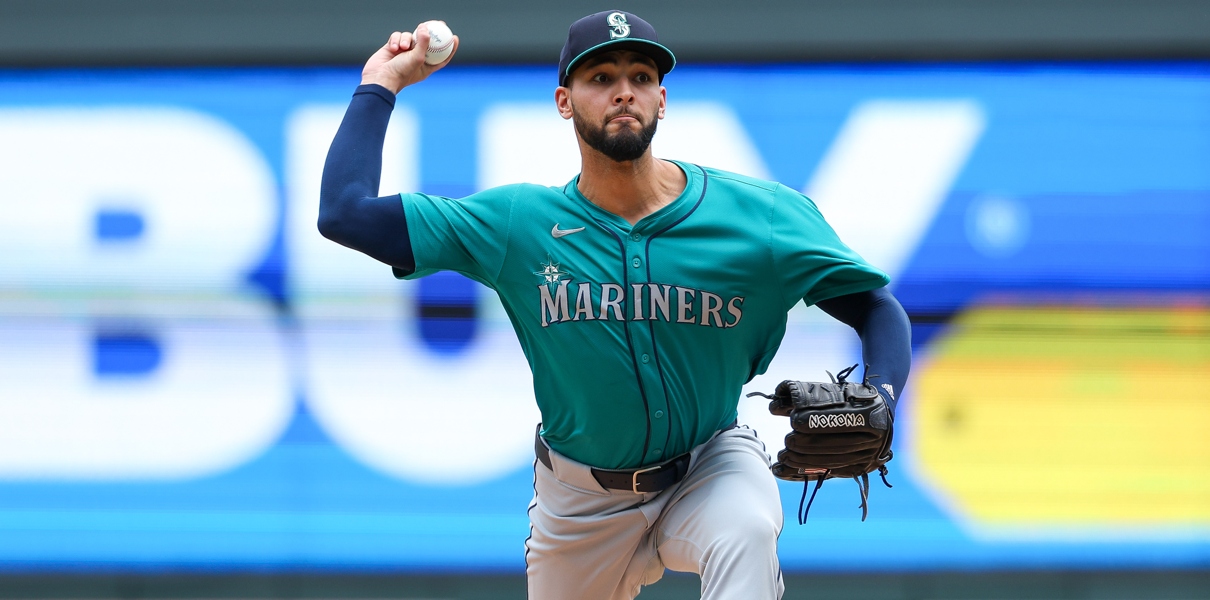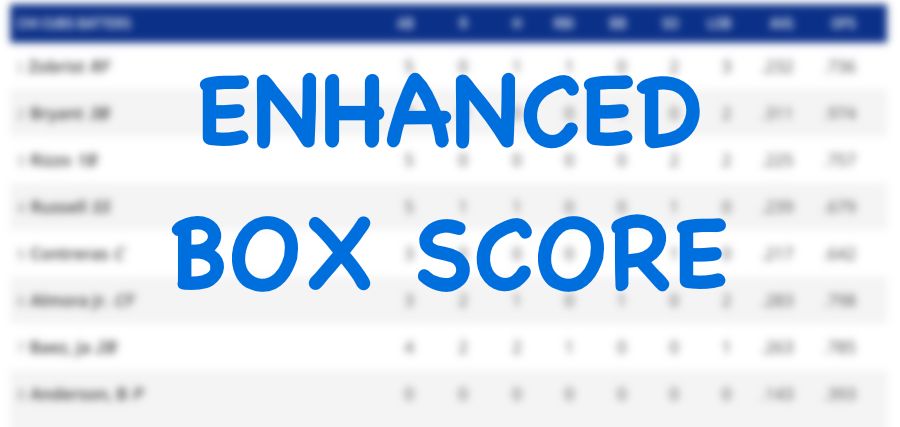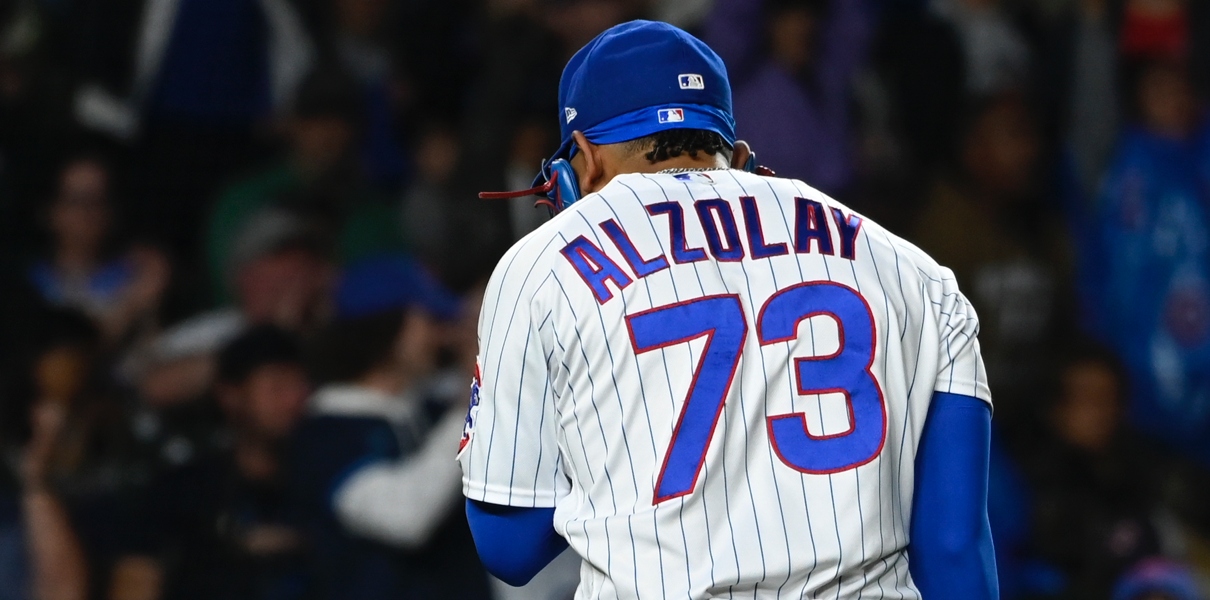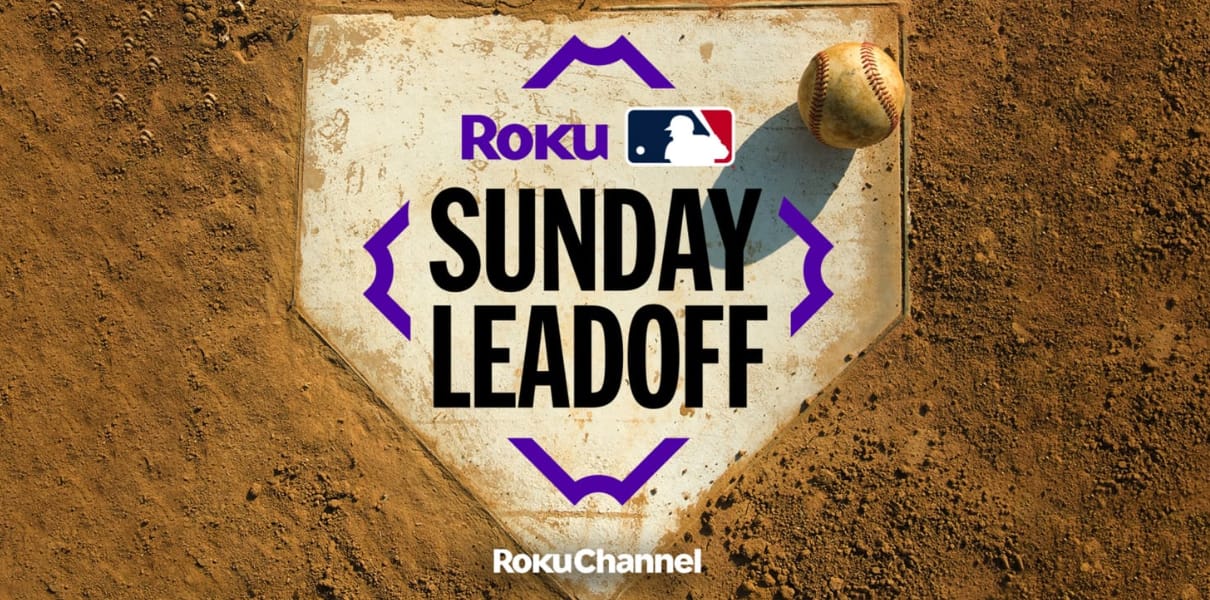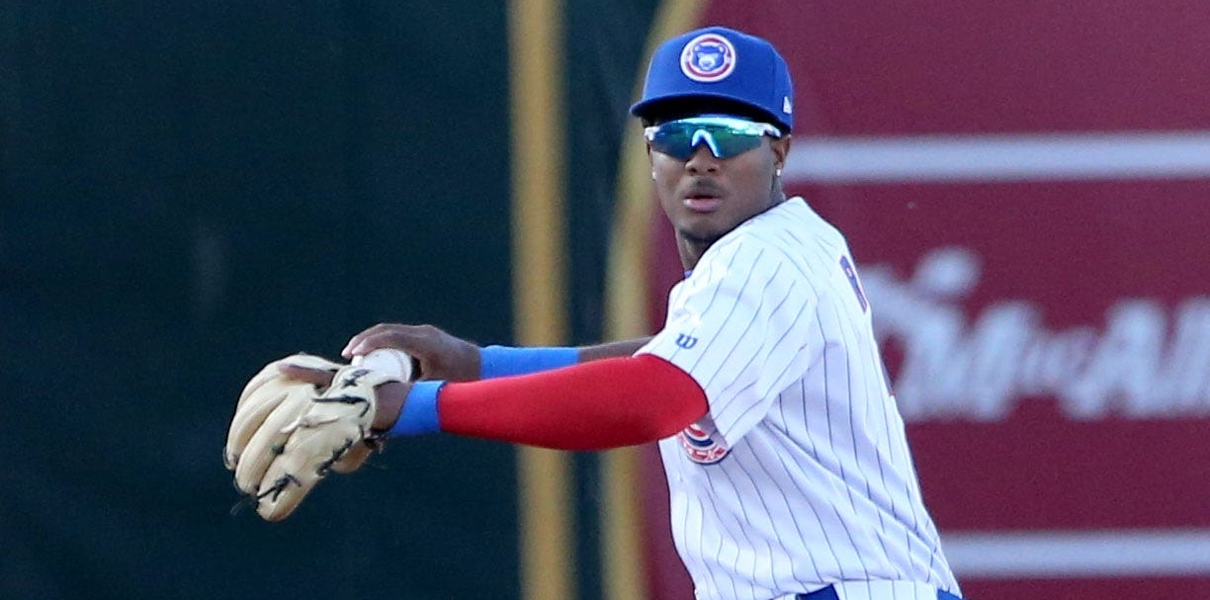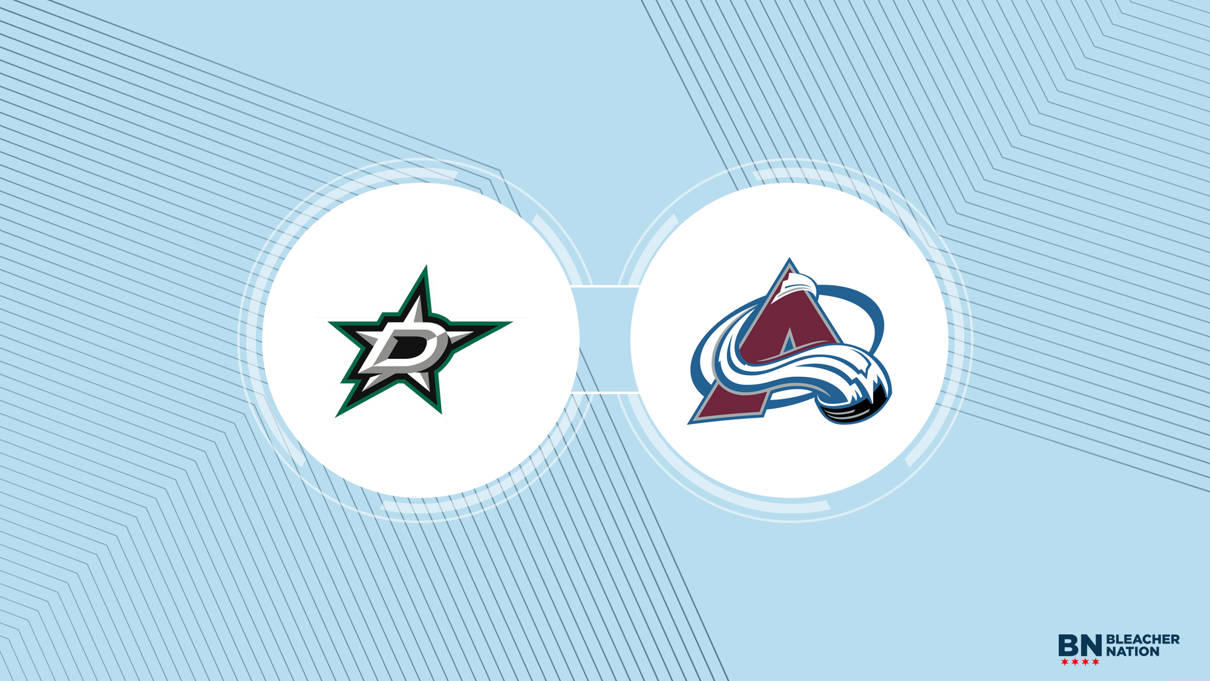Here’s how I know my Cubs fan brain is broken: despite being just completely thrilled by the surprisingly dominant start to Seiya Suzuki’s MLB career, something seemed to be … missing. And I couldn’t quite place my finger on it until last night, when Suzuki struck out looking at a fastball right down the middle, leaving Rafael Ortega out to dry in an apparently botched hit-and-run. So what had I been searching for unconsciously? A reason to worry, of course!
I told you. Broken brain. Cubs fan. Etc.
It’s not as though I’m hoping or expecting the ground to fall out from under us here, but Suzuki has been almost too good to be true (on and off the field!). In his very first taste of big league baseball, Suzuki is absolutely raking: .333/.458/.632 (205 wRC+, 5th best in MLB). And, sure, it’s still very early, but we’re also right around 75 PAs … which is not exactly nothing, either. Plus, the contact quality has been great, and the eye test has offered impressive results, too.
How has he not slumped hard yet while adjusting to MLB? And is that coming?
I thought Suzuki may have started to face that big “adjustment period” during a four-game stretch from April 19-22, when he managed just one hit in 15 plate appearances with six strikeouts. But he did walk four times in those games … and followed that up with six hits (including three 2Bs) and just four strikeouts in his next four games (139 wRC+). Perhaps some mild cracks have shown, but he did not crumble as the league made its first adjustment.
What this most recent, less dominant stretch of baseball has offered if you want to focus on an “issue” popping up, however, is a bit of a problem with plate discipline.
Now, that may seem counterintuitive, because Suzuki has swung at just 18.7% of pitches out of the zone this year … the third lowest/best mark in the game, basically tied with Mr. Plate Discipline, himself, Juan Soto (18.8%). But Suzuki isn’t solely spitting on bad pitches while correctly identifying everything in the zone … he’s kinda just not swinging all that much overall.
Zone Swing Rate: 55.6% (9th lowest)
Total Swing Rate: 34.7% (7th lowest)
Now, there are a couple of very important caveats here.
For one thing, these overall swing levels are matched by a lot of good hitters who tend to do a lot of damage (Soto, Alex Bregman, Max Muncy, Daniel Vogelbach, Steven Kwan, Kyle Schwarber, Yandy Diaz, and Anthony Rendon are all in the neighborhood). And that’s no coincidence. These are hitters that understand that the value of letting “strikes” go, if they’re not the right pitch on which to do real damage. So it’s not necessarily a bad thing to not swing very often.
For another thing, Suzuki is still learning the league, and even mentioned avoiding the scouting reports for the time being, relying instead on his natural abilities to understand and attack MLB pitchers. So far, it’s hard to argue with the results. (And even if he is striking out 26.4% of the time, the purposefully passive approach has also led to a stellar 18.1% walk rate, 7th highest in MLB).
But that doesn’t mean the approach is beyond analysis or even criticism. Suzuki’s 24.2% called strike percentage is fifth highest in MLB and WAY above the league average of 16.7%. It’s not difficult to imagine a more effective application of his skillset that cuts down on the called strikes – especially with just a little more aggression on pitches in the zone – even at the expense of his walk rate. Simply put, you don’t need to be at the extremes here to be successful. And let’s remember, Suzuki’s strikeout rate has been climbing lately (30.3% over his last 30 PAs), so there does seem to be a point at which passivity is going to become a problem.
We can put an even finer point on this by focusing on the strikeouts. On the broadcast last night, Boog and J.D. made note that 10 of Suzuki’s 18 strikeouts were of the looking variety. And that was before he got caught looking in the previously-referenced at bat, so that makes it 11 of 19 or 58% (more than double the league average). Only two other batters have watched as many strikes go by for strike three.*
If Suzuki were to ONLY get more aggressive on pitches in the zone, or even only when he already has two strikes, he might make serious progress on what has been, so far, the only obvious area for improvement. And by making those changes at the margins, he shouldn’t have to sacrifice everything that’s made him special so far.**
*This is very likely a total coincidence, but Suzuki is tied in this category with Shohei Ohtani (11) and one behind Yoshi Tsutsugo (12), two of the other highest profile hitters to come out of the NPB in recent years. Maybe it’s just a total fluke or maybe it’s a certain style of play learned on the way up to NPB? I have no clue, but thought it was too interesting to ignore.
**There’s also value in not making bad contact just because you can reach a pitch … as we all know too well this year … but Suzuki has the sort of natural in-game power and loft to avoid hitting into too many extra outs by expanding, especially when he already has two strikes.







